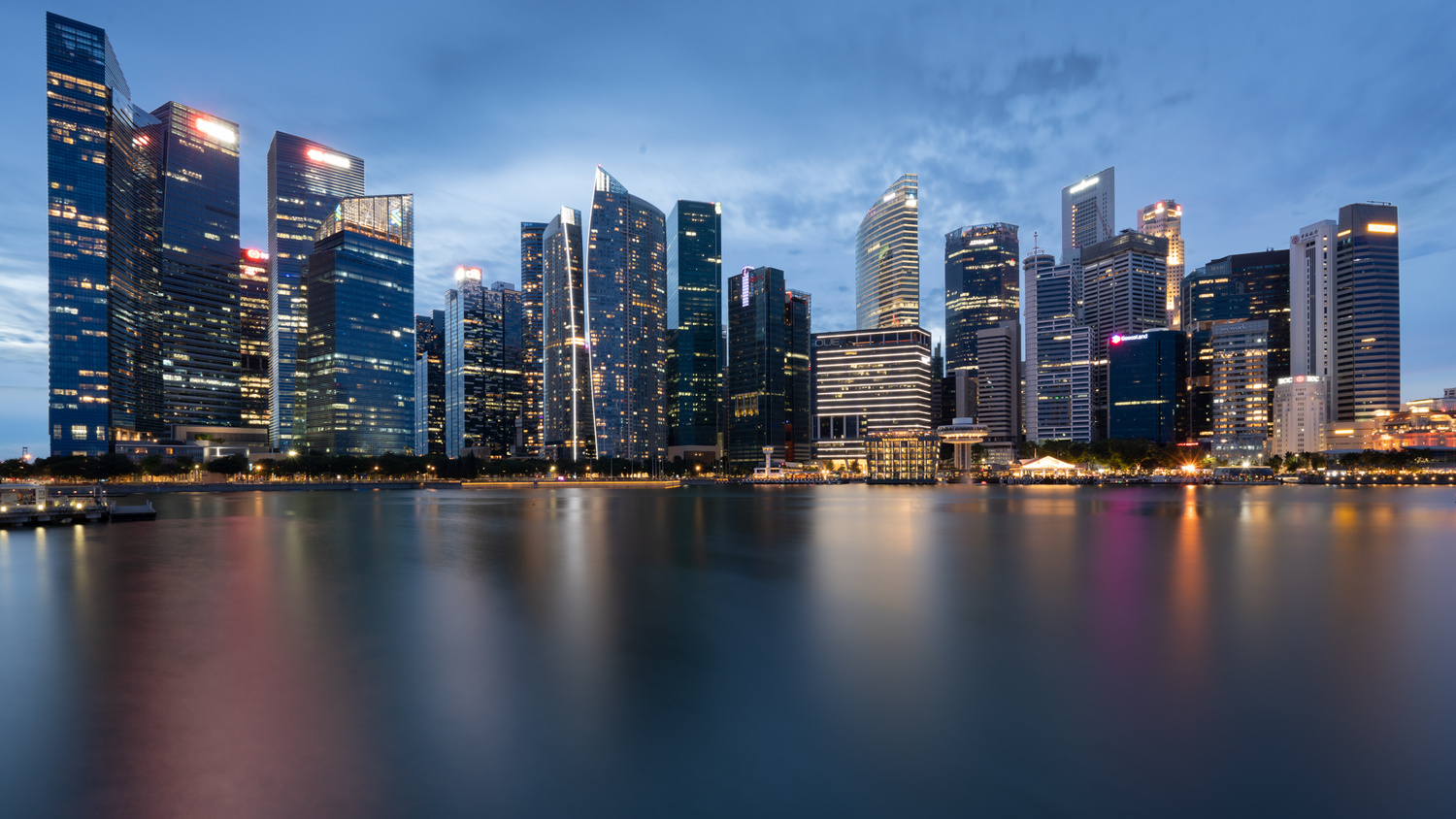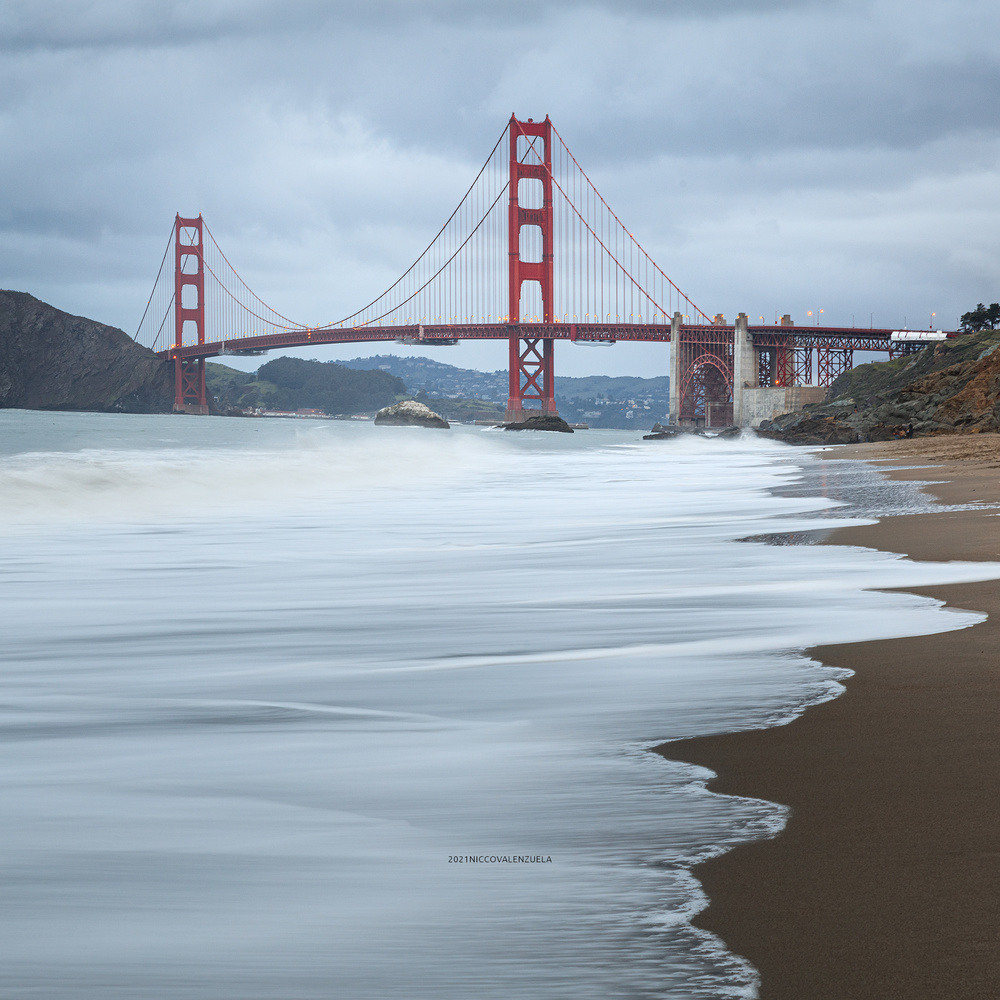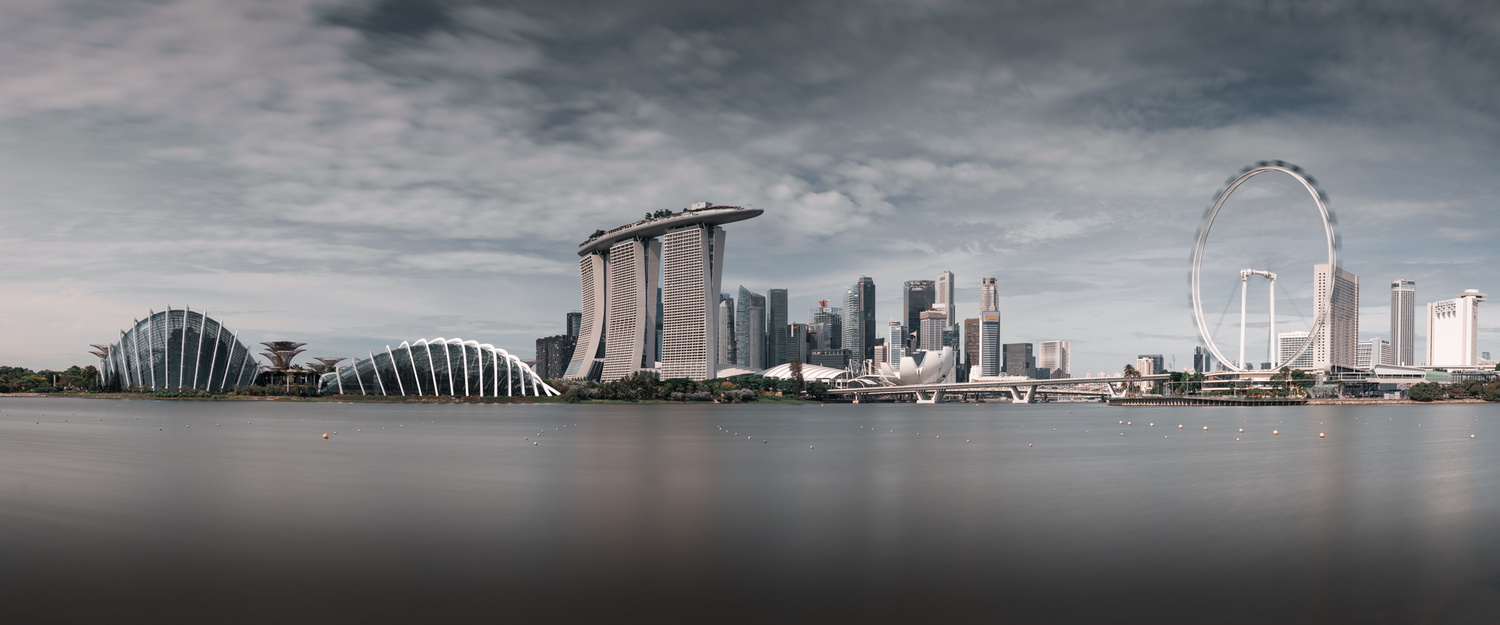Have you had any trouble figuring out the proper exposure when using ND filters for landscape photography? This guide offers various ways to get you started.
Long exposure is a method that is helpful in a wide range of photographic styles and genres. It is often mistaken as a genre of photography as well but in reality, it is a means to achieve certain ends in terms of luminosity, contrast, texture, and visual flow. Landscape is perhaps the genre of photography that most commonly utilizes this method mainly to achieve aesthetically refined images and to deal with the scarcity of light.
There are many reasons to shoot long exposures in any given outdoor setting. During the day when there is an abundance of light, long exposure is done to use objects in motion to achieve certain visual effects through motion blur to improve the resulting image. However, there are instances wherein exposures would have to be significantly longer in order to make way for motion that takes a huge amount of time to happen for it to be beneficial to the photo’s visual design. This is where using darker neutral density (ND) filters becomes necessary and has the tendency to be a little more complicated.
The Easiest Way to Master Long Exposure
The basic principle of doing long exposure revolves around compensation. To be able to extend your exposure time, you would have to find ways to limit the amount of light entering the sensor at a given time using the other two exposure settings, ISO and aperture, otherwise you would have an over-exposed image. However, in situations where there is more than enough light, it is impossible to achieve that balance with the significant length for your exposure time simply because even if you lower your ISO to the lowest possible and stop down your aperture to the smallest, you would still have more than enough light. This is, in the simplest sense, why ND filters are necessary for shooting long exposures during the day.

Shooting at twilight without the need for filters allow you to explore and adjust settings to get the right brightness and adapt to the changing light
The simplest way to master exposure compensation for long exposures outdoors is to shoot during twilight when you can do long exposures without having to use ND filters. By simple trial and error, you would get a good feel of the things you can do to adapt to the changing light environment. After this, you can work your way up by using lighter ND filters a little earlier during the sunset, such as an ND8 (3 stops) or ND64 (6 stops) that would give you exposure times of anything between 2 seconds to half a minute. The game of trial-and-error becomes tricky mostly when the exposures get too long and the light probably changes within the duration of the exposure time. This can be very tricky during sunrise or sunset when changes in the lighting environment happen rapidly, and also during the day when fast-moving clouds cover the sun intermittently. While experience will definitely give you a much better feel of the changes in the light and how to adapt to them, determining your exposure time guided by known factors will definitely give you more assurance and shorten the learning curve. The first thing you have to understand to be able to do so is precisely how ND filters work.

Exposures less than 30 seconds are generally easier to experiment with
Filtering Light
To master long exposure, you need to know why you would want to do it in the first place. Long exposure has two major purposes in landscape photography and those are to gather enough light in low-light situations, and/or use motion blur to achieve aesthetic effects. When shooting at night, both can be applicable if there is a moving element in the frame that would benefit the image, but during the day, the latter is commonly the reason and the abundance of light becomes the challenge. This is where filters come in.

Light passing through an ND filter
Neutral density filters limit the light reaching the camera’s sensor during the exposure by fractions expressed as stops. By limiting the entry of light, you can prolong the exposure time to achieve the same level of brightness so that motion can happen in that span of time. ND filters come in different levels of density also in increments of stops. 1 stop in an ND filter reduces the amount of light by half, 2 stops cut light by half twice, three stops thrice, and so on. The difference of each stop is exponential instead of additive. These filters are commonly labeled (except for some manufacturers) as “ND” followed by a number that signifies the reciprocal of the resulting amount of light. A 3-stop ND filter is called an “ND8” and the resulting amount of light is 1/8 of the original. A 10-stop ND filter is called an ND1000 which is a rounded-down version of 1024 because the resulting amount of light is 1/1024th of the original.

Shot with a 10-stop (ND1000) for the texture of the water and lessen the texture of the sky as well
You already know that to achieve the same amount of brightness as your base exposure (your exposure settings without an ND filter) you would have to prolong the exposure. The question is how much longer do you have to extend it? There are three varied approaches.
Determining Your Exposure Time
The simplest but most imprecise way is to simply estimate. This is particularly easy when you are using lighter ND filters such as an ND8 (3-stops) or an ND64 (6-stops). Most cameras that came out in the past decade already have exposure simulation that allows you to see the resulting exposure before shooting as long as light is abundant and doing this becomes much easier with that feature.

A table for various ND filters. You can also keep this as a cheat sheet if you don’t want to memorize
The most precise way is to calculate with the exact formula corresponding to the filter. An ND8 results in 1/8th of the original amount of light so multiplying your exposure time by 8 will consequently give you the same amount of brightness with a relatively longer exposure time. However, it gets harder to remember the corresponding formula for heavier ND filters. A 10-stop ND filter results in 1/1024th of the original amount of light, a 16-stop ND filter results in 1/65,536th of the original amount of light, and that’s where remembering the formulas can be a bit trickier.
Simpler Approach
Alternatively, there are two ways to make this simple. Since the labels of ND filters are basically rounded-down versions of the resulting amount of light, these numbers that you can find on the markings of the filters are also quick rounded-down formulas to get your exposure right. First, get your base exposure settings (a balanced exposure without the filter), keep the aperture and ISO constant, and multiply your base shutter speed by the numbers on the filter. For example, when using an ND1000 with a base shutter speed of 1/100th sec, multiply that by 1000 and your resulting exposure time will be 10 seconds. While using 1024 as the multiplier would be more precise, you can simply adjust accordingly when you see the result.

Most ND filters are labelled with this convention which makes it easy to remember the multiplier
The easiest way to get the precise exposure time, especially if you don’t want to do the math, is to use an ND calculator. There are various smartphone apps such as Photopills and MIOPS mobile that offer this solution. You would simply have to input your base shutter speed and how many stops of an ND filter you are using and the app will compute for you.
The best way to master long exposure and the use of ND filters would still be to do and practice it over and over again. Whether you prefer just eyeballing the situation, using an app, or computing for the exposure yourself, they are just different means to the same end. Either of these approaches will give you the same quality of images and that quality is still much more dependent on your composition, execution, and the optical quality of your gear.







For the utmost in simplicity, the Olympus/OMDS OM-1 (and possibly other models) has a computational neutral-density mode built-in to the camera. This has the side-benefit of extending dynamic range and reducing noise, as well.
It is prettty limited since the longest exposure with the highest ND sessing is 1/2sec on my E-M1 mk3 (same value for and OM-1). I never used is as I find it unpractical
On the other side, the other live modes (especially Live Time) are really amazing, allowing to preview (almost) in real time the long exposures, and adapting to lighting changes. I wish other cameras had this feature
"the longest exposure with the highest ND sessing is 1/2sec"
But that is per-shot, no? Then it under-exposes by up to six stops (ND64) and takes multiple shots, right?
I haven't used it. I've just seen images with about the same amount of cloud blur as the photo above that claimed to be done with Live ND.
Right. On my camera you can then reach an equivalent of 16sec (ND32). Unless you have a lof of wind, this is too shoort you have enough movement on clouds.
When i read 'ultra long exposures' i think at least 2 min and you need a stronger nd filter to achieve this (and it is when liveTime/liveBuld modes really shines)
I even tried a milkyway long exposure (20min in liveComposite). I was really noisy, nothing really interesting, but i was able to track the result every 60sec